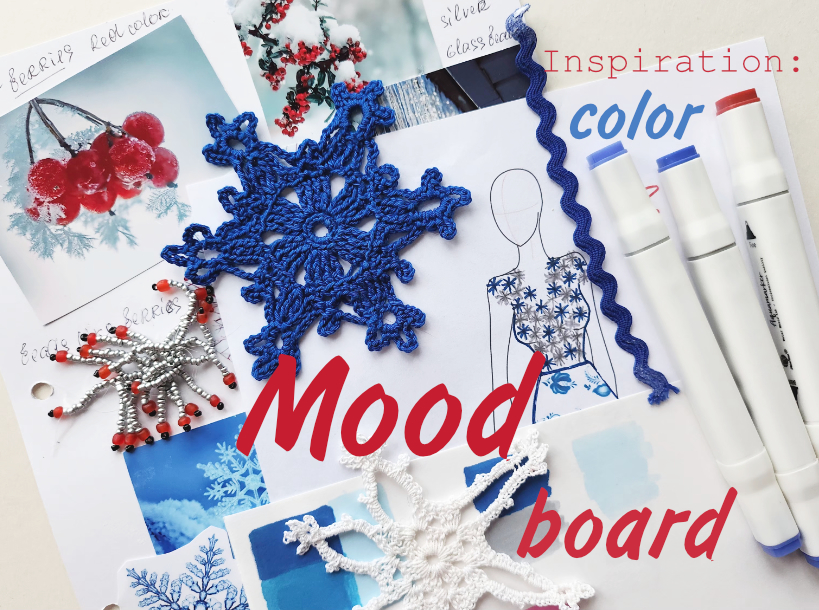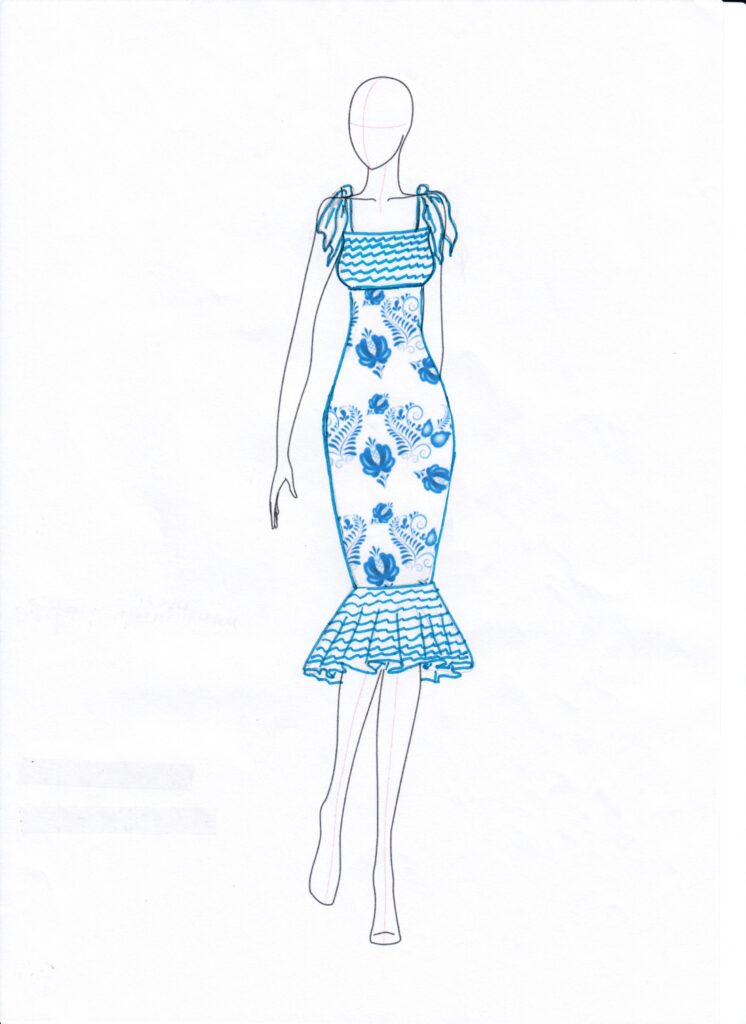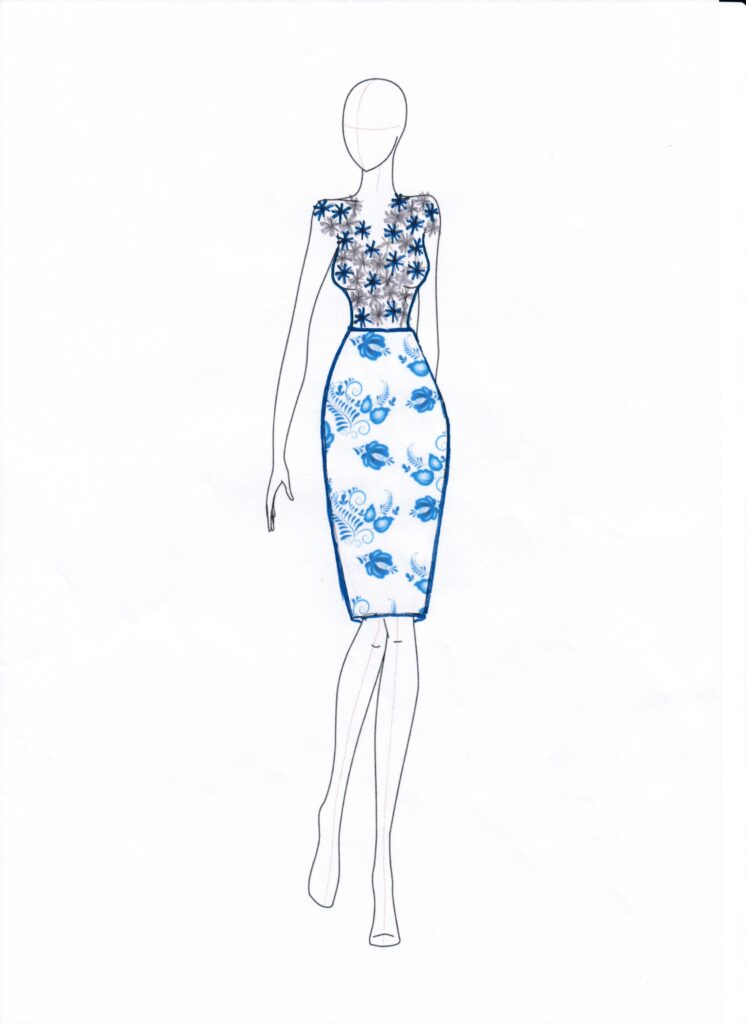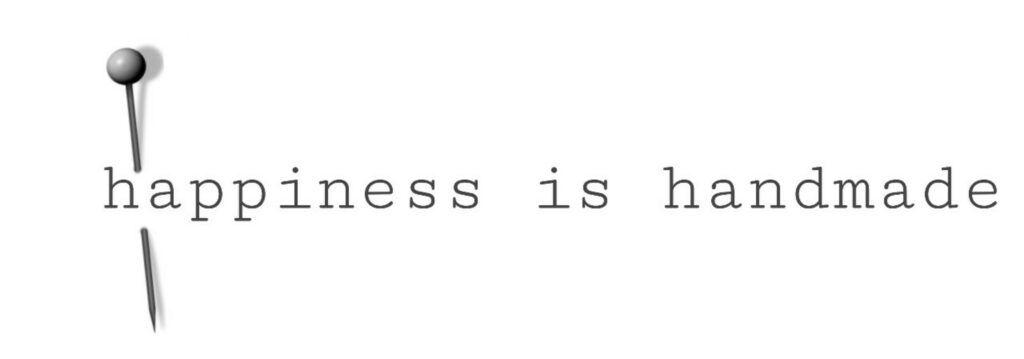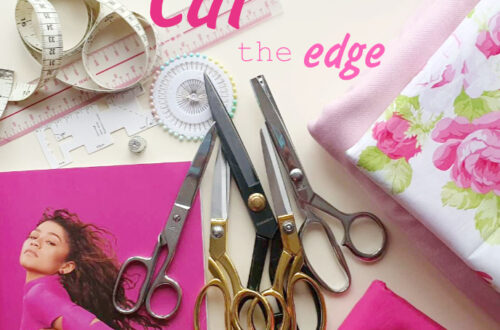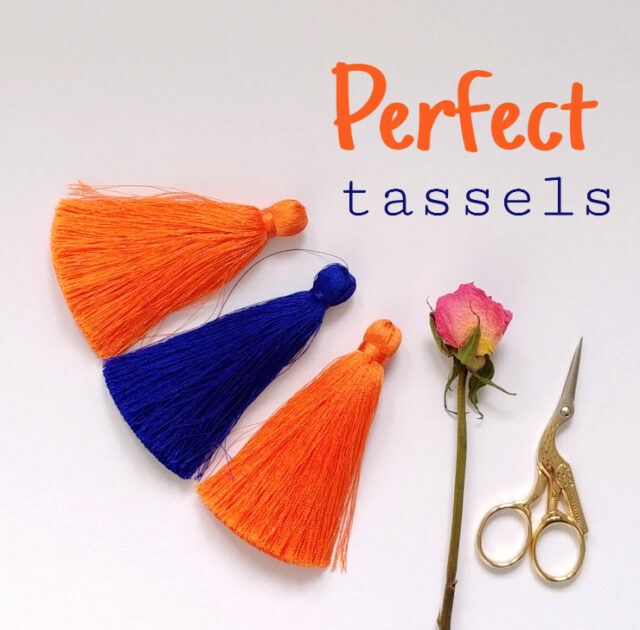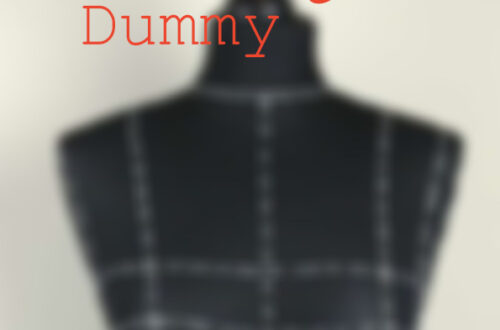If you are a beginner, you may need to learn how to organise your craft or sewing project.
Embarking on a new craft or sewing project is an exciting journey that allows you to express your creativity and bring your ideas to life. However, the path from inspiration to finished product can be a winding one, often requiring careful planning and organization. In this guide, we will explore effective strategies to organize your mind for craft or sewing project design, ensuring a smoother and more enjoyable creative process.
Very simple it helps you organise your ideas
Helps easily to manage your time Keep everything in order; then you know exactly what you need to buy, like materials, suppliers, and sewing patterns.
It looks like you are planning your little collections, and it is so much fun.
Start with Inspiration:
Before diving into your project, gather inspiration from various sources. Create a mood board, either physically or digitally, filled with colors, textures, and patterns that resonate with your vision. Pinterest, magazines, and even nature can serve as wellsprings of inspiration.
Feel free to find your inspiration. It could be everywhere.
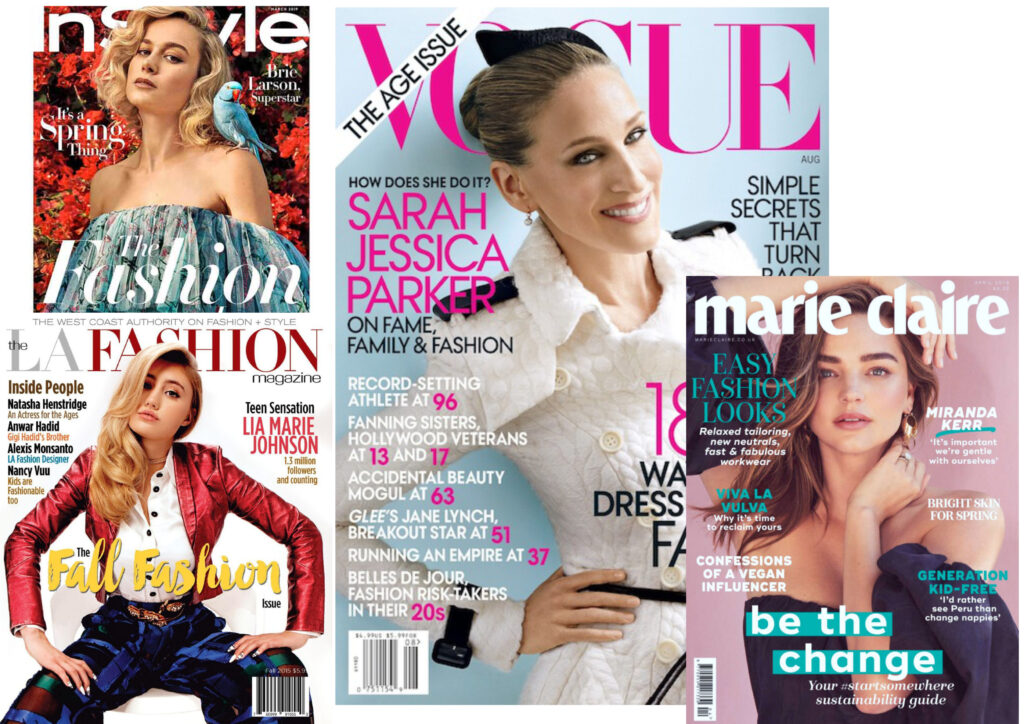
I find some fashion accounts on social media and observe what I like and what I am really passionate about.
l doing for search on Pinterest. I love to create a mood board and save some pictures for my mood board.
You can look at fashion magazine websites; they all have trend pages. Basically, you can find a forecast of what will be in the next new trends.
Also, It is very interesting to look for inspiration at your favourite website shops.
Find your Inspiration then write the project name in the project planner
all notes about fabric colours, then print out your inspiration pictures.
Mood board what is a mood board about?
Why you should use it? Why is it essential for your project?
Basically, it is a vision board that helps you synthesise your ideas for a particular project or for a particular collection.
They are two ways to make your mood board.
Digital – Digital format is quick, easy and fast saving your time and paper, but I prefer creating a physical mood board.
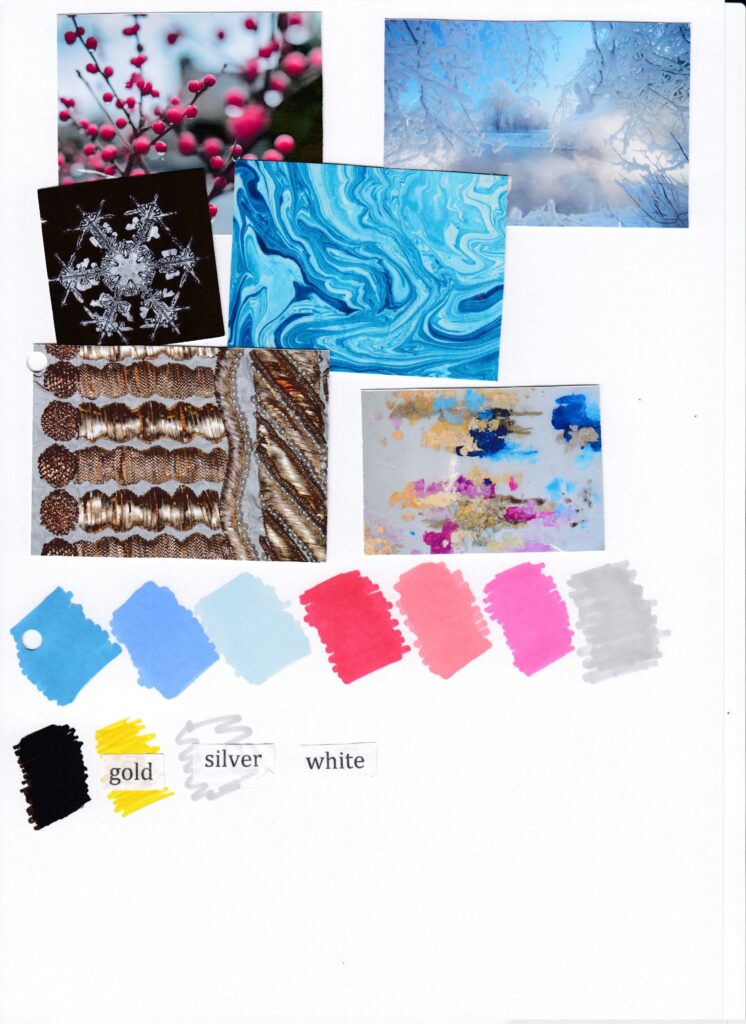
Physical mood board, I am always inspired by cutting out images touching fabric swatches and arranging them.
When you make your mood board, don’t restrict yourself as you start putting together your inspiration elements. But you don’t want just photos of your clothing; it’s not a good way to be inspired.
Look around you….
Find images of home décor, architecture, people, animals, nature, and colours. I like putting on a lot of textures, prints, and patterns. I just think about what really catches your eye. Research for attractive styles; also, you can add images of shoes, bags, and accessories make-up.
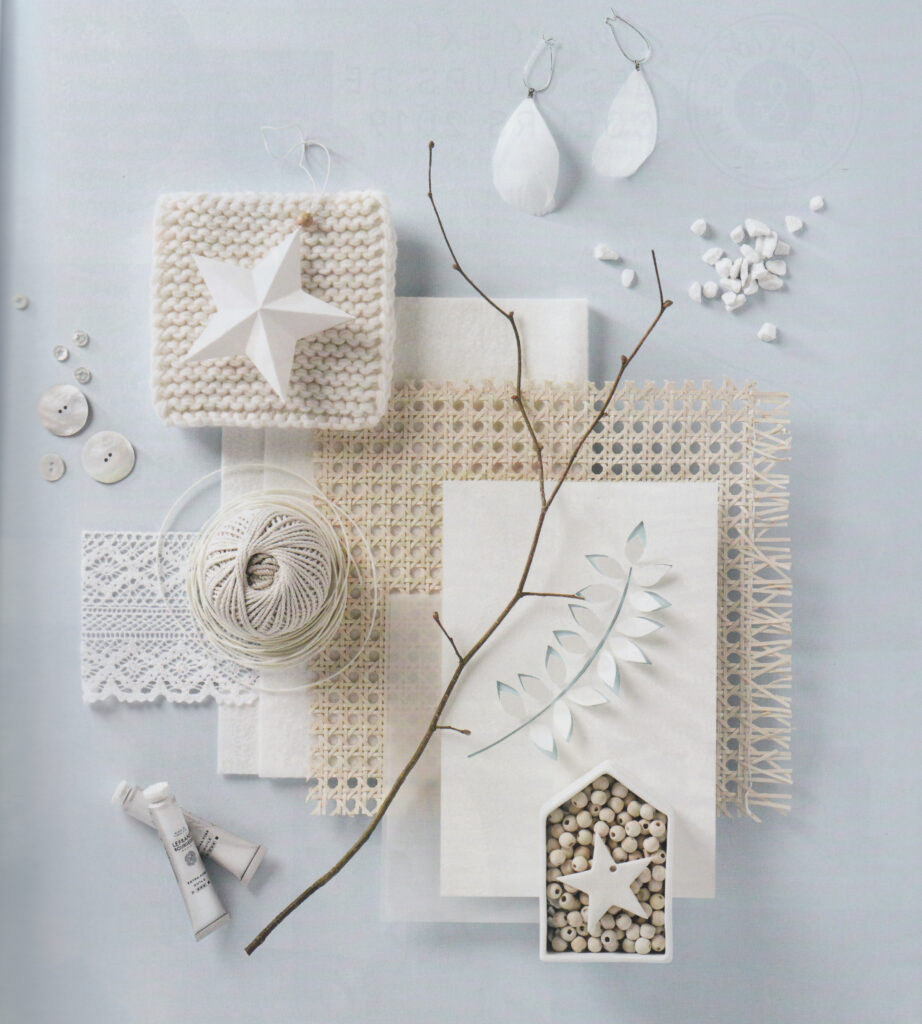

If you create a physical mood board, you don’t have only to include pictures. Try to include objects like textures, yarns, and fabric.
Before you start to glue your mood board, play around, try a different combination add things remove things. You can rearrange your inspiration as you move throughout your creative process.
As you finish your creative process, use your mood board before you start your sewing project. Note what you like about it and use it for your next project.
Define Your Purpose and Goals:
Clearly articulate the purpose of your craft or sewing project. Are you creating something functional, like a garment or home decor item, or is it more of an artistic endeavor? Establishing your goals will provide a roadmap for your creative process.
Sketch and Brainstorm:
Grab a sketchbook and start translating your ideas onto paper. Sketch rough designs, jot down notes, and let your thoughts flow freely. This initial brainstorming phase helps you visualize your project and identify key elements.
Gather Materials and Resources:
Once you have a clear idea of your project, make a list of the materials and resources you’ll need. This could include fabrics, threads, embellishments, and any tools or equipment. Organize your workspace so that everything is easily accessible.
Don’t think it’s must to be a perfect project. Just think
I know what I need, I know what I going to buy now like pattern, fabric etc.
Set Realistic Timelines:
Establish a timeline for your project, taking into consideration your other commitments. Setting realistic deadlines will help you stay on track and avoid the stress of last-minute rushes.
Embrace Flexibility:
While planning is crucial, be open to adapting your design as you go. Creativity often involves unexpected twists and turns. Allow yourself the freedom to make changes and improvements as you progress.
Practice Mindfulness Techniques:
Engage in mindfulness practices to stay focused and present during your crafting sessions. Techniques such as deep breathing or meditation can help alleviate stress and enhance your creative flow.
Document Your Progress:
Keep a project journal or digital log to document your progress. Include sketches, notes, and reflections on each stage. This not only helps you stay organized but also serves as a valuable reference for future projects.
Celebrate Achievements
Acknowledge and celebrate each milestone, no matter how small. Completing a challenging stitch or perfecting a tricky pattern deserves recognition. Positive reinforcement will keep you motivated throughout the project.
Organizing your mind for a craft or sewing project is a crucial step in turning your creative ideas into tangible works of art. By following these strategies, you’ll not only streamline your design process but also foster a positive and rewarding creative experience. Remember, the journey of crafting is as important as the finished product, so enjoy every moment of the creative process. Happy crafting!
I hope you enjoy reading my post, and follow me on social media. If you have some more questions, feel free to contact me.

